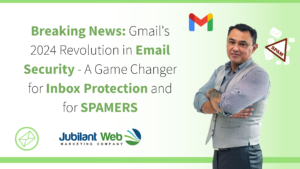When creating a landing page as part of an SEO campaign it is vital to consider the on-page factors that will help to determine that page’s SEO ranking.
The content on the page is by far the most important factor. After all, the user of the search engine is searching for information which will provide an answer to his or her inquiry. If your website’s page does not have content that is original and relevant to the keyword that is being searched then Google has no reason to provide it as a top search result.
Producing good content does not mean that the page has to contain a book report of text. In fact, a variety of media including: video and images is far more beneficial to the visitor as well your page’s ranking. No matter what media you are adding to your page remember to consider if the content is linkable. If web users are unable to link to the content then it is very unlikely for search engines to consider it useful. Avoid, AJAX powered sliders, content only viewable after logging in and content that cannot be reproduced.
Title tags, which are technically called title elements, let search engines know what the page is about. Title tags should have fewer than 70 characters since this the maximum number of characters Google chooses to display. Title tags which display more than the advised number of characters may be replaced by different text in the page which Google deems more appropriate.
Your landing page’s URL, or uniform resource locator, not only identifies where an identified resource is available but also can help increase your page ranking if formatted correctly. Ideally a URL should be as descriptive, relevant to the content of the page and as brief as possible. URL’s that exceed more than 2083 characters will fail to render in Internet Explorer. The words which form the URL are used by search engines to deem relevancy for a given keyword. It is fine to use hyphens when necessary for readability of a longer key phrase but important to use caution. The overuse of hyphens as well as parameters could potentially trigger a spam alarm by search engines.
Lastly do not forget to add an alt tag to each of your page’s images. The alt tag which was created to provide alternative information to the visitor regarding an image if there was an error and it failed to display. Since search engines are unable to view the image they rely on the alt tag to determine the context of the image and its relevancy to any keyword. Although image title tags are useful as well, Google recently confirmed that it primarily focuses on alt tags when trying to determine what an image is about. The same rules for the page’s title tags apply to image alt tags. Remember to keep the tag short, concise and relevant.



